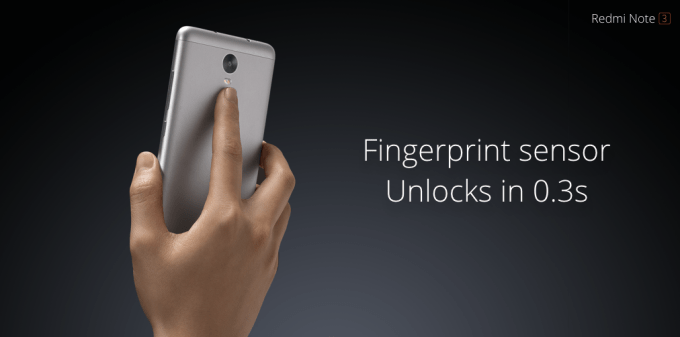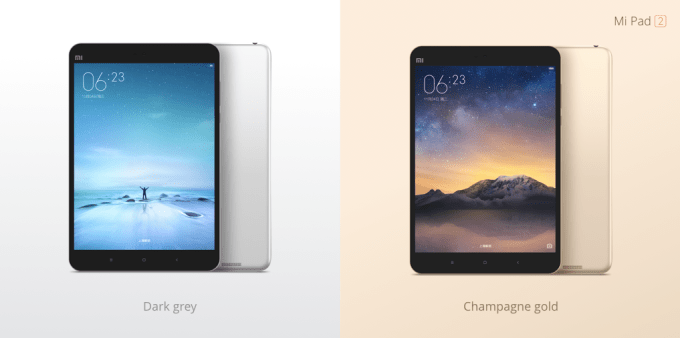This year (2015), the smartphone industry with unprecedented growth, especially in the emerging markets like China, India, Russia, and Brazil. As a part of our ‘Year 2015 in Review‘ series of stories, we wanted to summarise how various smartphone brands fared this year in India.
This includes not only well-established international brands like Apple, Samsung, LG, and HTC, but also Indian brands like Micromax, Intex, Lava, and Xolo. We also take a look at how new smartphone brands like OnePlus, Xiaomi, and YU have performed in the country.
The Winners
- Apple – The iPhone 6s and the iPhone 6s Plus are considered as one of the best smartphones in the high-end category. However, they were sold with very high price tags in India. On the brighter side of things, the company sold tonnes of previous generations of its smartphones such as the iPhone 5s and the iPhone 6 in India. It seems true that most consumers just want to buy an iPhone, no matter how old it is.
- ASUS – Remember the first smartphone in India with 4GB RAM? Well, ASUS successfully managed to make a mark in buyers’ minds by launching the Zenfone 2 with 4GB of RAM, especially by pricing it attractively. A lot of consumers who wanted to buy a mid-range smartphone had the Zenfone 2 in their shortlists.
- Lenovo – The Chinese PC maker went aggressive in India this year. The Lenovo K3 Note and the Lenovo A6000 were in the list of top five smartphones in India in terms of sales according to an annual report from MySmartPrice for 2015. The company is off to a good start in India and hopes that it can continue to do the same.
- LG – Looking at how most smartphone brands started offering non-removable batteries and non-expandable storage, LG decided to target consumers who want those features. It did well in the high-end category with the LG G4. It offered a microSD card slot, a removable battery, a great camera, and a dual-SIM card slot. LG definitely is doing a good job in the high-end smartphone category, but its efforts in the mid-range or entry-level price categories seem lacklustre though.
- YU – The Micromax-backed smartphone brand tied up with Cyanogen to offer optimised smartphones. The company launched four smartphones in India this year and whether or not their products are good, they at least managed to attract a lot of attention from consumers.
- Motorola – After the company’s entry in the Indian market with the Moto G, which was a game changer, Motorola has launched some really good devices like the Moto X Play and recently the Moto G Turbo Edition. Even though not spec-heavy, they actually perform quite well, have good build quality, ergonomics, cellular performance, and loudspeakers.
- OnePlus – After the immense success of OnePlus One, the company took forward its initiative of releasing ‘Flagship Killer’ smartphones with the OnePlus 2. Even though it added many new-age features like a USB Type-C port, a fingerprint sensor, and a much improved camera, there were some cut corners as well. However, when you look at the company’s OxygenOS, you can understand that it’s going in the right direction.
- Samsung – Remember how Samsung got bashed by consumers for releasing a high-end smartphone with badly done software and cheap-feeling exterior design? Well, Samsung completely changed its path with the Galaxy S6. Its new products beautiful, well-built, and the software has improved immensely. Even mid-range devices like the Galaxy J and the Galaxy On series offer good battery life and reliability. The definitely appears that it has set out on a correct path.
- Xiaomi – The Chinese smartphone brand kept its game strong in the entry-level and mid-range price category by launching well-specced devices like the Redmi 2 Prime and the Mi 4i. However, it needs to work on software and improve its after-sales support.
The Losers
- Gionee – The smartphone brand lost its sheen to brands like OnePlus, YU, Xiaomi, and Lenovo. Once known for offering value-for-money smartphones, Gionee has failed to entice a similar feeling among consumers this year. We feel that the company should focus more on improving the software quality on its devices and reduce the bloatware.
- HTC – The company continued its age old habit of releasing pathetic cameras in its smartphones this year. HTC needs to understand that it cannot succeed in the high-end market without offering a competing camera.
- Microsoft (formerly Nokia) – Too late to the smartphone party, Microsoft’s attempt at making Windows as the alternative to iOS and Android has failed terribly. Not only it released Windows 10 Mobile too late, its latest smartphones – the Lumia 950 and the Lumia 950 XL – offered below par design and build quality.
- Sony – Good on paper, but not so impressive in real life usage. That’s the story with Sony as always. The Sony Xperia Z5 and the Xperia Z5 Compact couldn’t compete with the likes of the Samsung Galaxy S6/S6 edge/Note 5, the LG G4 and the Apple iPhone 6s Plus even though it is the strongest in terms of on-paper specs.
The Dark Horses
- BlackBerry – Although it did not launch its first ever full-fledged Android smartphone in India yet, people are pretty excited about the Priv. The company managed to sell more units of BlackBerry Priv this quarter than it sold BBOS 10-powered devices in Q3 2015.
- Huawei – It is the biggest smartphone brand in China, and it made a Nexus smartphone this year to show the world that it can make a class-leading smartphone for the international audience. The Huawei Nexus 6P is considered to be one of the best smartphone this year. It also did a fairly decent job with the Honor brand in India as it released some interesting and well-performing devices.
- Intex – The company claimed that it became the second largest smartphone vendor in India after Samsung. The numbers were trashed by Micromax, but it seems that Intex has managed to sell a lot of smartphones in India with the help of aggressive marketing.
Everybody Else
Other brands like Lava, Meizu, Micromax, Oppo, Vivo, and Xolo failed to gather as much attention this year as they would have wanted. Micromax is still stuck with bad software and pathetic customer support. Oppo hasn’t understood the importance of pricing its devices correctly. Consumers couldn’t get used to Meizu’s software because it behaves different from Android that people are familiar with.
Xolo tried its hand at online-only ‘Black’ series of smartphones, but failed. None of its devices received the amount of hype that is associated with online-only products nor did they were awarded with favourable ratings from experts. The other smartphone brands that aren’t mentioned in this article definitely didn’t do anything interesting in India.





